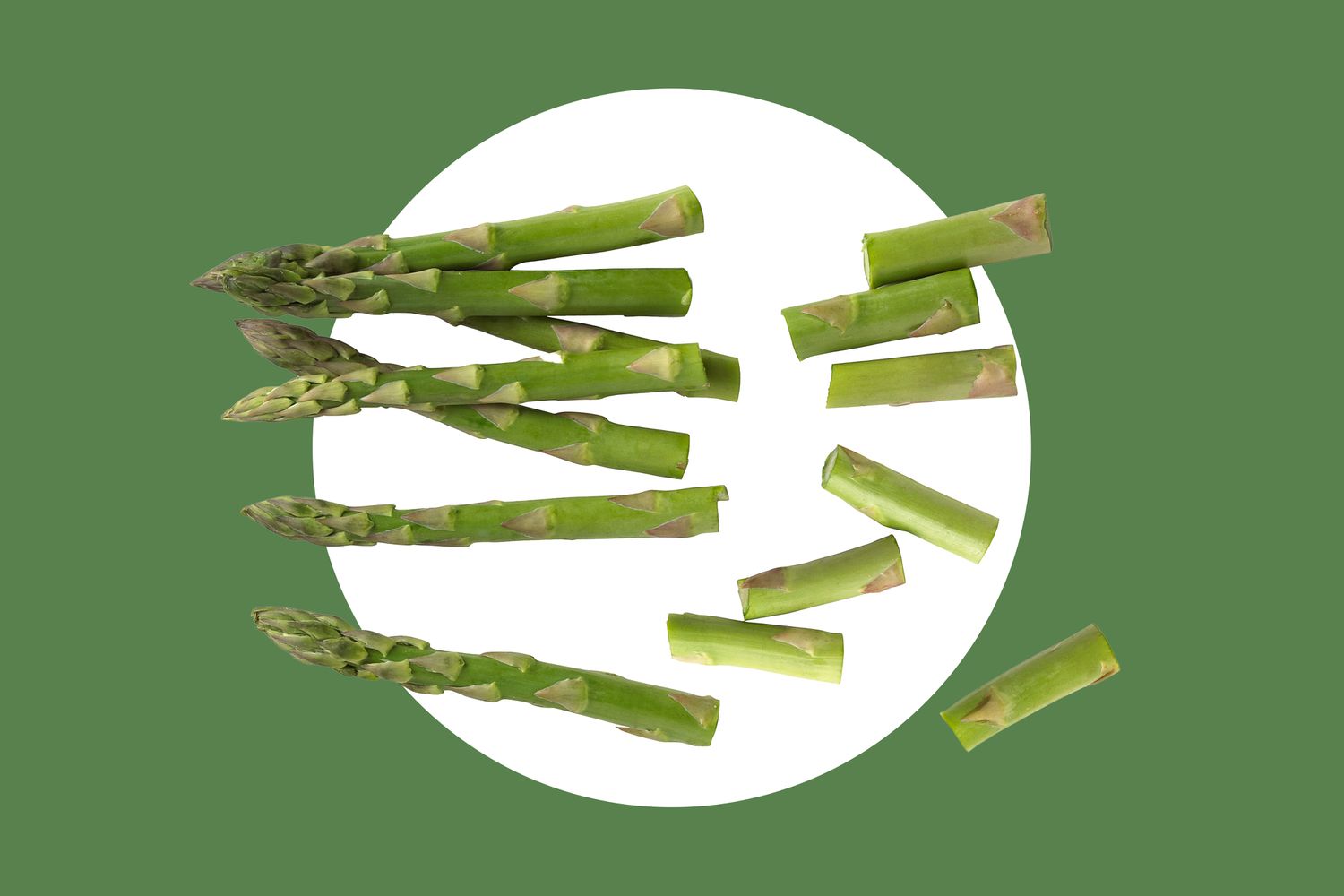
Would You Eat Dried Eggs? Inside the Curious World War II Phenomenon
As egg prices soar and major supermarkets limit purchases amid the bird flu outbreak, Americans are re-examining a protein source that they’ve perhaps taken for granted. Some might even be mulling alternatives like plant-based or liquid egg substitutes.
During uncertain times, it helps to examine history — in this case, the global food shortages of World War II, which spurred mass production and distribution of powdered eggs. Here’s the history of this unsavory staple.
A wartime innovation
“Eggs are extremely perishable and fragile, and so there is always a lot of interest in trying to extend that shelf life and also durability,” notes food historian Sarah Wassberg Johnson. “[Egg substitutions today are] generally used in liquid or pasteurized forms, but in World War I, there was a big emphasis on food dehydration.” She adds that during this time, U.S. military investment led to innovations like powdered creamer.
Dried egg advertisements appeared in the late 19th century, and egg powder was referenced as a camp cooking staple in a children’s adventure book in 1912. During the 1930s, a London cake manufacturer developed what remains the modern method for egg dehydration: beaten whole eggs sprayed through a nozzle into a column of hot air. This technique removed moisture without cooking them.
Science & Society Picture Library/ SSPL / Getty Images
The appeal of dried eggs would skyrocket. Not only were they shelf-stable, but they took up just 20% of the shipping space of shelled eggs. The British government lifted the patent during World War II, which enabled American companies to produce powdered eggs.
By the 1940s, the U.S. actually overproduced eggs, says Lizzie Collingham, food historian and author of Taste of War: World War II and the Battle for Food. The U.S. rationed an ever-changing list of foods throughout and even after the war that included coffee, sugar, cheese, meat, canned fish, and processed food — but not eggs.
Roughly one-quarter of the eggs produced in the U.S. were dehydrated into powder and shipped to Allied nations like Britain, China, and the Soviet Union as part of the 1941 Lend-Lease Program.
‘The two words which make my blood run cold: dried egg’
Britain was slower than the U.S. to commercialize poultry and egg production, says Collingham. By the start of World War II, imports made up half of Britain’s food supplies, which included poultry and eggs. According to the British Ministry of Food, it was the chief reason why the wartime shortage of food was so acute.
During the war, some Brits kept backyard chickens and were eligible for grain rations to feed them. The rest were entitled to a packet of dried egg, which contained the equivalent of 12 fresh eggs, every four weeks. The dried egg could be reconstituted by mixing about one tablespoon of the powder with two tablespoons of water.
“The problem as a British person was what to do with this awful stuff,” says Collingham. The Ministry of Food issued recipe leaflets for wartime rations, like bacon and egg pie in potato pastry, and “mock fried egg.” Collingham says that there’s not much evidence that people actually used these recipes.
Lizzie Collingham
“Some people complained that it went rubbery, that it was like a two-inch block of hard, yellowish stuff which would ooze water and make the toast go soggy.”
— Lizzie Collingham
Dried egg was also “hopeless” at aerating cakes, says Collingham. It was mainly used as filler in pies, or as a substitute for scrambled eggs or omelets, particularly in institutions like boarding schools.
“Some people complained that it went rubbery, that it was like a two-inch block of hard, yellowish stuff which would ooze water and make the toast go soggy,” says Collingham. In her book, a woman who attended boarding school during the height of British food rationing summed up the experience: “The two words which still make my blood run cold: dried egg.”
Most people in Britain weren’t going hungry, Collingham says, so they often left the powdered egg in the pantry until it went hard. Conditions in the Soviet Union were far more dire, where citizens withstood starvation and horrific conditions.
“Dried egg was incredibly important for Soviet industrial workers,” says Collingham. “They’d make a porridge out of millet and dried egg powder, which was given out on sheets of paper that workers ate standing up. They’d go out into fields and collect nettles. They made bread with edible cellulose and sawdust sweepings.”
Although their diets might’ve been bland, most British citizens could get by with bread and potatoes.
“British people from that generation will tell you [they] had it so hard, but the main problem for them was food was boring and there wasn’t much fat,” says Collingham. “It’s not as if anybody would’ve thought, ‘I’m so hungry, I’ll eat that dried egg powder.’”
These days, shoppers have much tastier egg substitutes at their disposal, from liquid eggs to silken tofu and vegan Just Eggs. But curious cooks can still find dried egg powder on Amazon.










